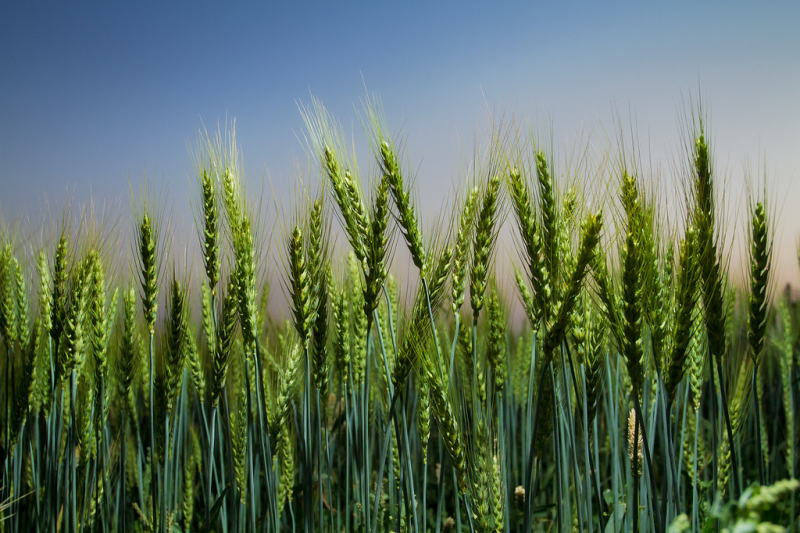The history of Cuban science is full of the challenges faced by daring, diligent and, above all, persistent researchers. An example of this are the scientists who have tried to introduce and promote wheat in our country, a staple food on a global scale.
Actions to obtain a variety adapted to our climate started with the study of the Brazilian variety BH 11-46. Through the selection of its best genotypes, the 204 selection was achieved, which was tested in different parts of the country.
This gave rise to Cuba C – 204, the first Cuban wheat variety. Compared to the original, notable changes were observed in the height and size of the ears. When evaluating the growth parameters, it germinates 3-4 days after sowing, begins to sprout at 11 days and the ears at 43 days. The harvest takes place between 90 and 100 days.
…
The results were impressive. Seven new wheat varieties appeared in the Cuban scientific and agricultural panorama: Inifat RM-26, Inifat RM-29, Inifat RM-30, Inifat RM-31, Inifat RM-32, Inifat RM-36 and Inifat RM-37. These new varieties make possible to design an appropriate planting policy according to the characteristics of each one.
Cuba finally obtained eight wheat varieties. Common to all of them is the three-month cycle, uniform ripening, yields of two tons per hectare (in rainfed conditions) and more, as well as resistance to drought, salinity and lodging.































